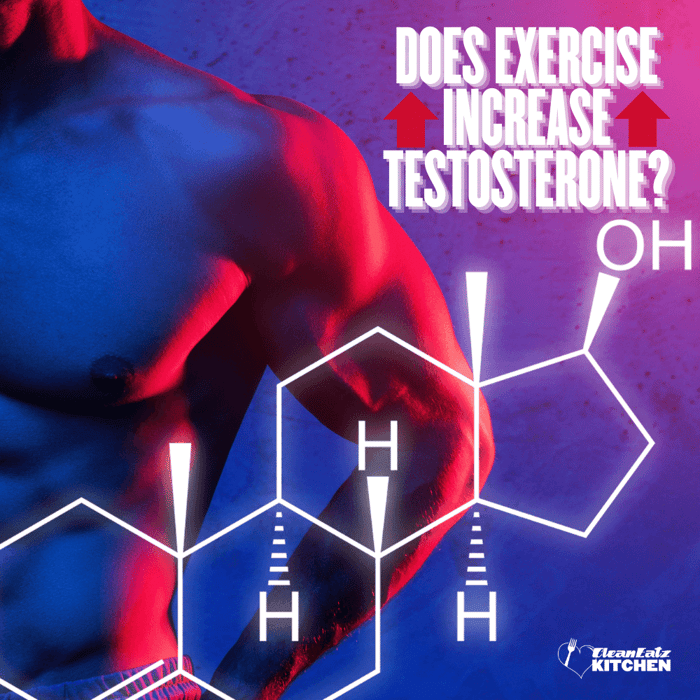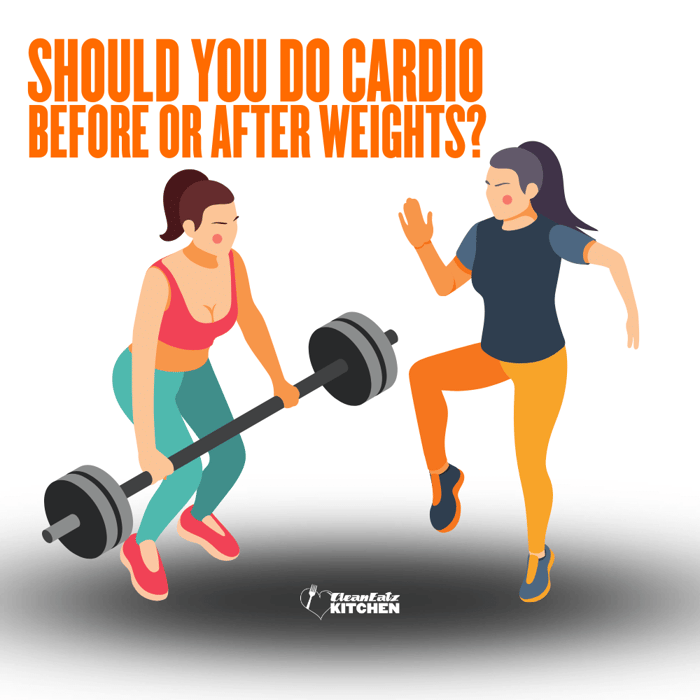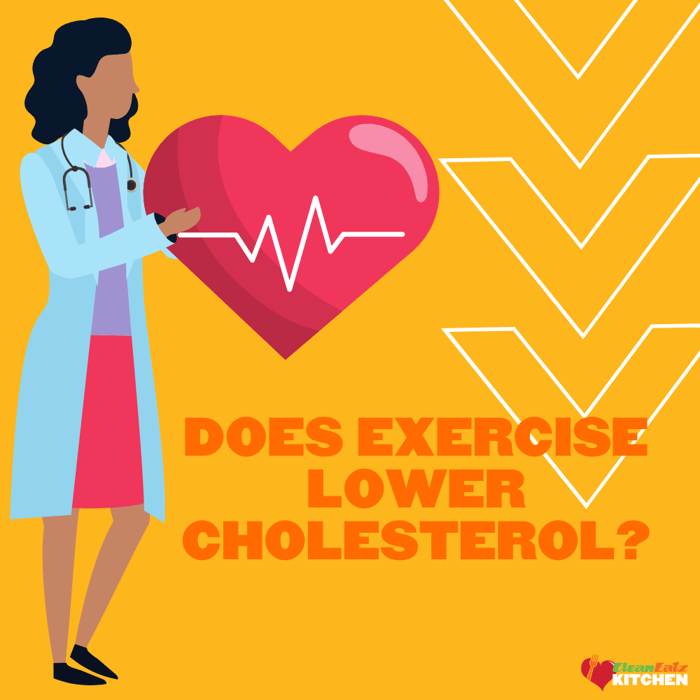Short answer: Yes—but context matters. When we look at whether exercise increases testosterone, the real question becomes does exercise increase testosterone in a meaningful, lasting way? Certain workouts can cause a temporary rise after training, while consistent strength work, modest fat loss, good sleep and proper fueling may help improve or normalise baseline levels over time. The most reliable levers are progressive resistance training, moderate conditioning, adequate calories and protein, and 7–9 hours of sleep. In contrast, marathon-level cardio and chronic under-eating can lower testosterone.
What the Science Actually Shows
Research on whether does exercise increase testosterone shows a clear distinction between short-term and long-term effects.
- Acute effect: Heavy lifting and some intervals cause a short-term bump in testosterone (≈15–60 minutes). This spike by itself does not guarantee muscle gain.
- Chronic effect: Across months, resistance training plus modest fat loss may raise or normalize baseline T, especially in people who were sedentary, over-fat, or sleep-deprived.
- Endurance extremes: Very high-volume endurance training without adequate fueling/rest can suppress testosterone. Moderate cardio supports health and body-fat control.
- Women: Resistance training improves strength, bone density, and body composition. It does not lead to “bulking” via testosterone in women (since their baseline T is much lower); the benefits stem from improvements in muscle quality and metabolic health.
Who Benefits Most
People who were previously sedentary, over-fat, or chronically stressed often experience the greatest improvements, which helps answer the question does exercise increase testosterone for the average person—not just athletes.
- Beginners or detrained lifters returning to regular strength work.
- People with excess body fat (waist carrying)—fat loss often raises total and free T by improving insulin sensitivity and SHBG.
- Poor sleep / high stress / heavy alcohol—fixing these moves the needle fast.
Best Training for Healthy Testosterone
Prioritize compound lifts (large muscle groups), progressive overload, and sufficient weekly volume—then layer in conditioning.
- Strength (anchor): 2–4 sessions/week, 45–70 min. Focus on squat/hinge/push/pull/carry.
- Loads: 65 %-85 % 1RM for 6-12 reps (hypertrophy range), plus some heavier blocks of 3-5 reps.
- Rest: 60–120 s for 6–12 reps; 2–3 min for heavy triples/fives.
- Lower-body work (squats, deadlifts, lunges) recruits more muscle and yields larger acute hormonal responses.
- Conditioning: 2–4 sessions/week, mix of:
- Zone 2 (easy, nose-breathing pace) 20–45 min—great base without hormonal drag.
- Intervals: 8-20 min time-efficient format (e.g., 30 s hard / 90 s easy × 8-10) 1-2 times/week.
- Progression: Add small amounts of load, reps, or sets weekly; keep 1–3 reps “in reserve” most of the time to avoid burnout.
Weekly Templates (3-Day & 4-Day)
Scale speeds/incline with RPE. Warm up 5–8 minutes and finish with a brief cool-down.
3-Day Template
- Day 1 — Full Body A: Back squat 4×6–8 • Bench press 4×6–8 • Row 3×8–10 • RDL 3×8 • Plank 3×30–45s
- Day 2 — Conditioning: Elliptical or treadmill intervals 16–20 min (30s hard/90s easy) + Zone 2 10–15 min
- Day 3 — Full Body B: Deadlift 4×3–5 • Overhead press 4×6–8 • Pull-ups/Lat pulldown 3×8–10 • Split squat 3×8/side • Carry 3×40–60m
4-Day Template
- Day 1 — Lower: Squat 5×5 • RDL 4×6–8 • Lunges 3×10/side • Calf raises 3×12–15
- Day 2 — Upper: Bench 5×5 • Row 4×6–8 • Incline DB press 3×8–10 • Face pulls 3×12–15
- Day 3 — Conditioning: Treadmill Zone 2 25–40 min (or bike/row)
- Day 4 — Full Body Power: Deadlift 4×3–5 • Push press 4×3–5 • Chin-ups 3×6–8 • Hip thrust 3×8–10 • Farmer carry 3×60m
Recovery, Sleep, and Nutrition Levers
- Calories: Chronic under-eating lowers testosterone. For fat loss aim for a modest deficit (~300-500 kcal/day on average). Use a reliable Calorie Calculator to estimate targets.
- Protein: ~0.8–1.0 g per lb/day; spread 25–40 g per meal. Use the Protein Calculator and, when busy, Protein Powder.
- Carbs: Fuel hard training (pre/post). Very low-carb + high training volume can elevate cortisol and sap performance.
- Fat: Don’t go too low; a good floor is ~0.3–0.4 g/lb/day averaged over the week (olive oil, nuts, eggs, fatty fish).
- Sleep 7–9 h: Sleep loss suppresses T and raises appetite. Keep a wind-down routine and consistent schedule.
- Alcohol: Keep moderate (e.g., ≤1 drink/day, not daily). Heavy intake reduces T and sleep quality.
- Micronutrients: If diet is limited, ensure vitamin D, zinc, magnesium are adequate. Whole-food first; supplements only as needed.
Common Pitfalls & Red Flags
| Pitfall | Why it hurts T | Fix |
|---|---|---|
| Too much endurance, not enough strength | High stress & low muscle stimulus | Lift 2–4×/wk; keep cardio mostly Zone 2 + brief intervals |
| Chronic calorie deficit | Energy availability too low | Use modest deficits; include higher-calorie days around hard sessions |
| 4–5 hours sleep, lots of alcohol | Suppresses T & recovery | Prioritize sleep; cap alcohol; hydrate and use electrolytes on hot/training days |
| Program hopping | No progressive overload | Run a plan 8–12 weeks; add small increments weekly |
Testing Basics (Total vs. Free T)
- When: If you have symptoms (fatigue, low libido, loss of strength) and persistent low morning values on repeat tests—talk to a clinician.
- Total vs. free T: Ask about SHBG and free testosterone (the active fraction). Illness, meds, and diet can shift these.
- Lifestyle first: Training, sleep, weight management, and alcohol moderation often improve symptoms—regardless of lab numbers.
Related CEK Tools, Guides & Meals
- Calculators: Calories • Protein • Weight-Loss %
- Training aids: Treadmill Workouts • Elliptical Guide • 5-Day Routine
- Meals: High-Protein Box • Build-a-Meal Plan • Weight-Loss Meal Plan • Protein Powder
FAQs
Does lifting weights increase testosterone?
It causes a temporary rise after workouts and, over time, supports healthier baseline levels via more muscle, less fat, and better sleep/metabolic health.
What exercises are best?
Heavy compound lifts (squats, deadlifts, presses, rows, pull-ups) with progressive overload. Include some intervals and plenty of easy Zone 2 cardio.
Can too much cardio lower testosterone?
Very high volumes with poor fueling/rest can. Moderate cardio is beneficial—keep most of it easy and fuel hard sessions.
How long until I notice a change?
Strength and energy can improve within weeks. Body-fat changes and baseline T trends typically take 8–12+ weeks of consistent training, sleep, and nutrition.
Should women worry about testosterone from lifting?
No. Women’s T stays within normal female ranges; benefits are stronger bodies, better bone density, and improved metabolic health.
References
- Testosterone and physical activity: A review of hormonal variability in sedentary and active men. International Journal of Innovative Technologies in Social Science, 2025.
- Testosterone levels positively linked to muscle mass but not strength in adult males aged 20–59 years: a cross-sectional study. Frontiers, 2025.
- Effects of Resistance and Endurance Training Alone or Combined on Hormonal Adaptations and Cytokines in Healthy Children and Adolescents: A Systematic Review and Meta-analysis. Springer Open, 2022.
- Various Factors May Modulate the Effect of Exercise on Testosterone Levels in Men. PMC, 2020.
Disclaimer: This article is general information and not medical advice. If you have symptoms of low testosterone or medical conditions, consult a qualified clinician.




